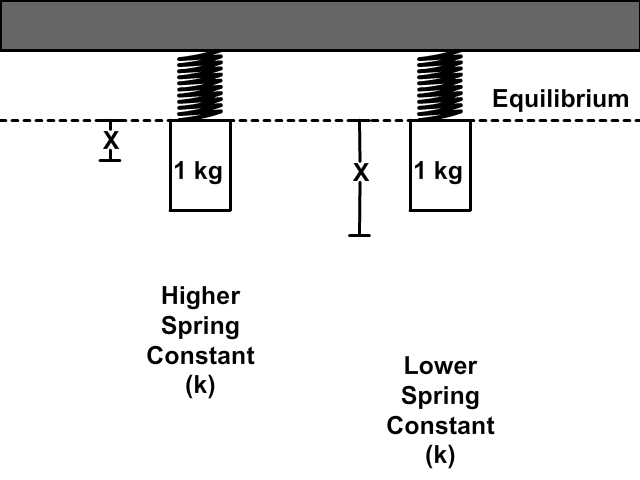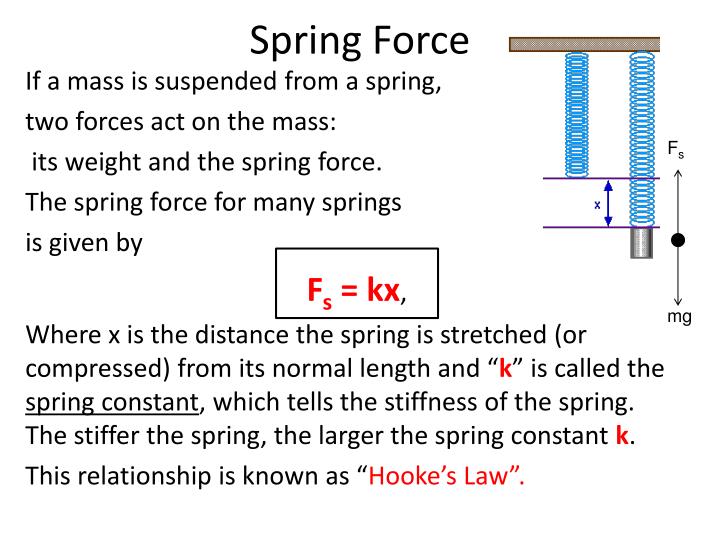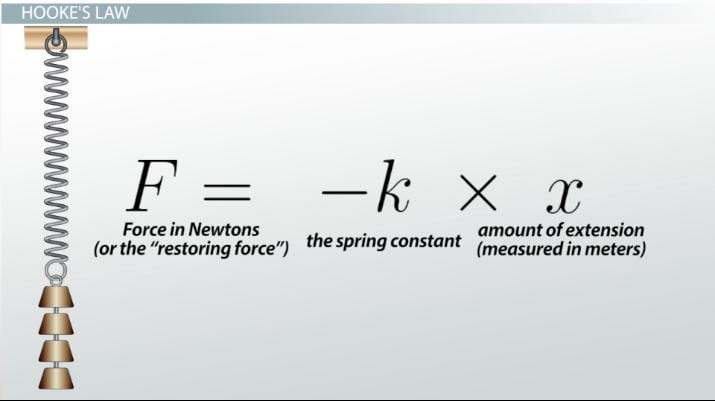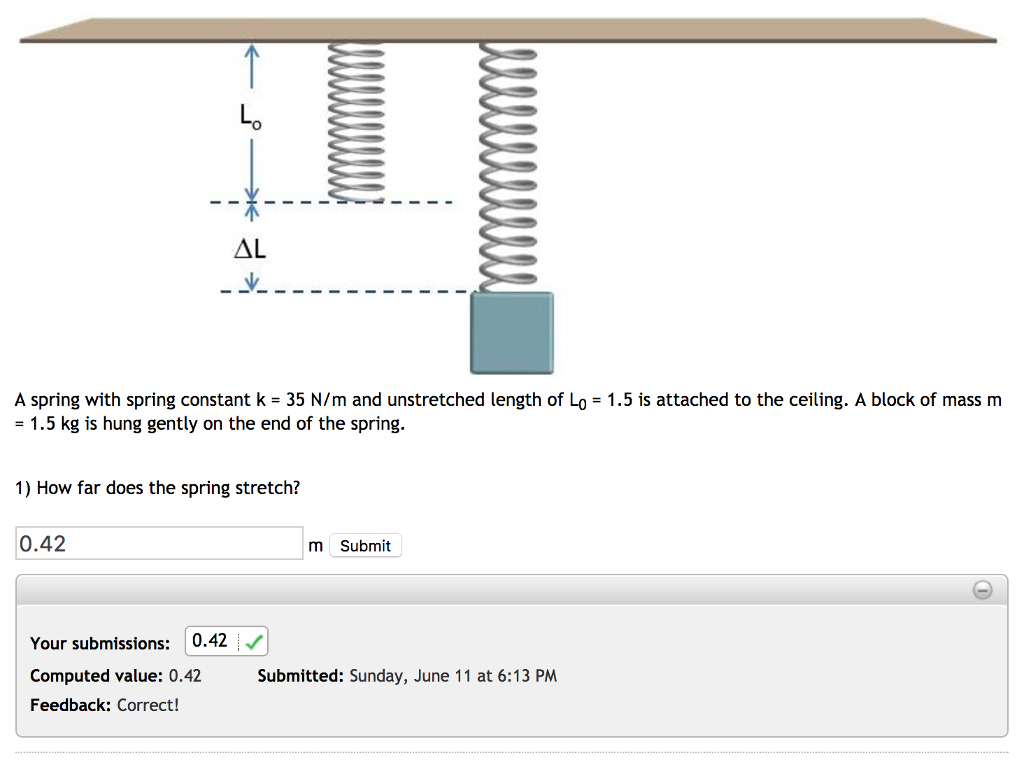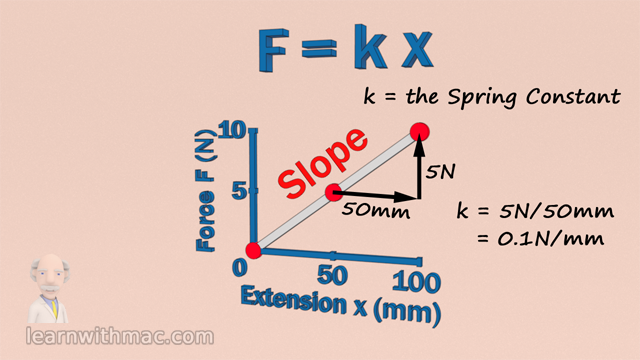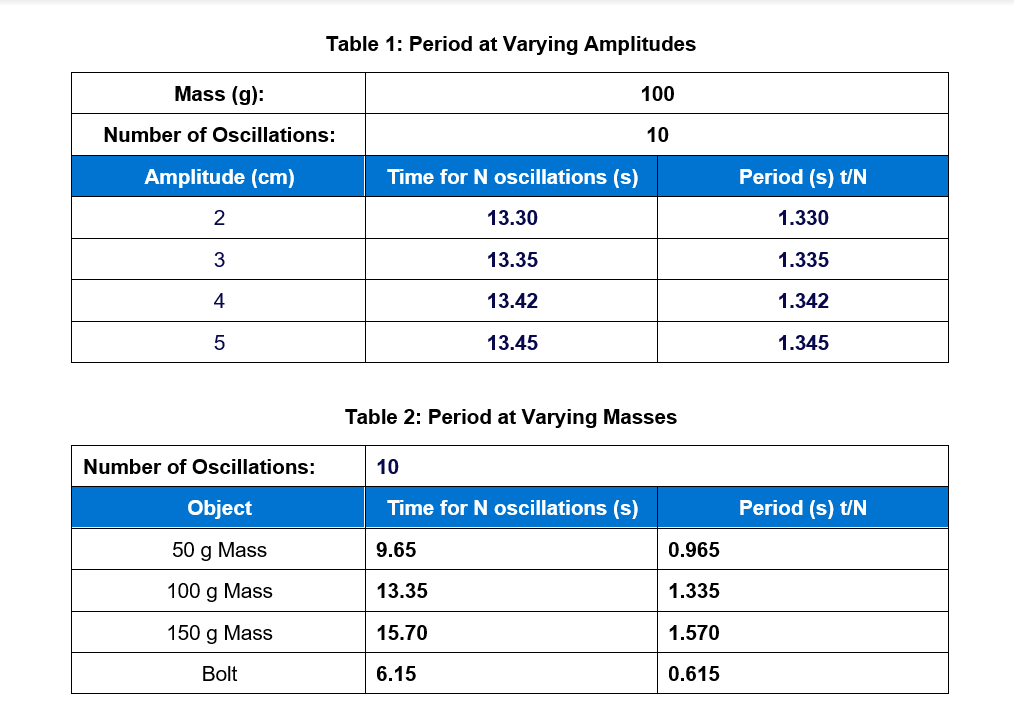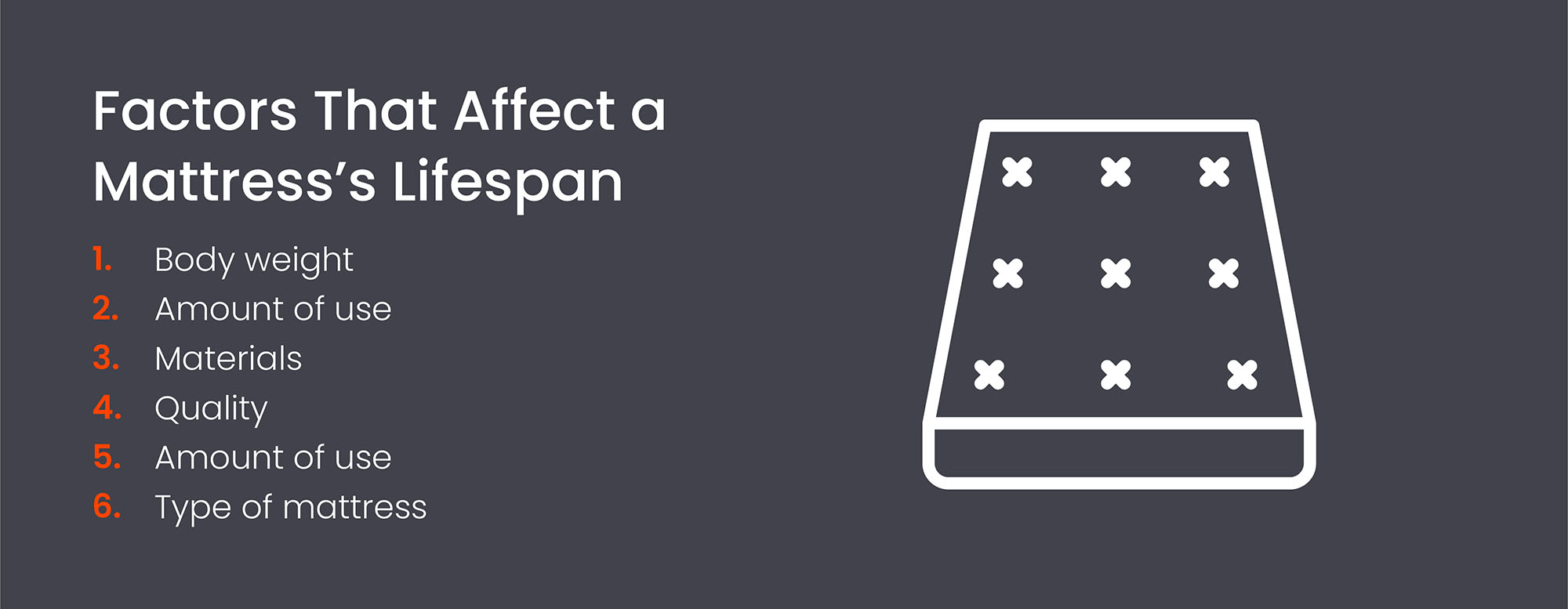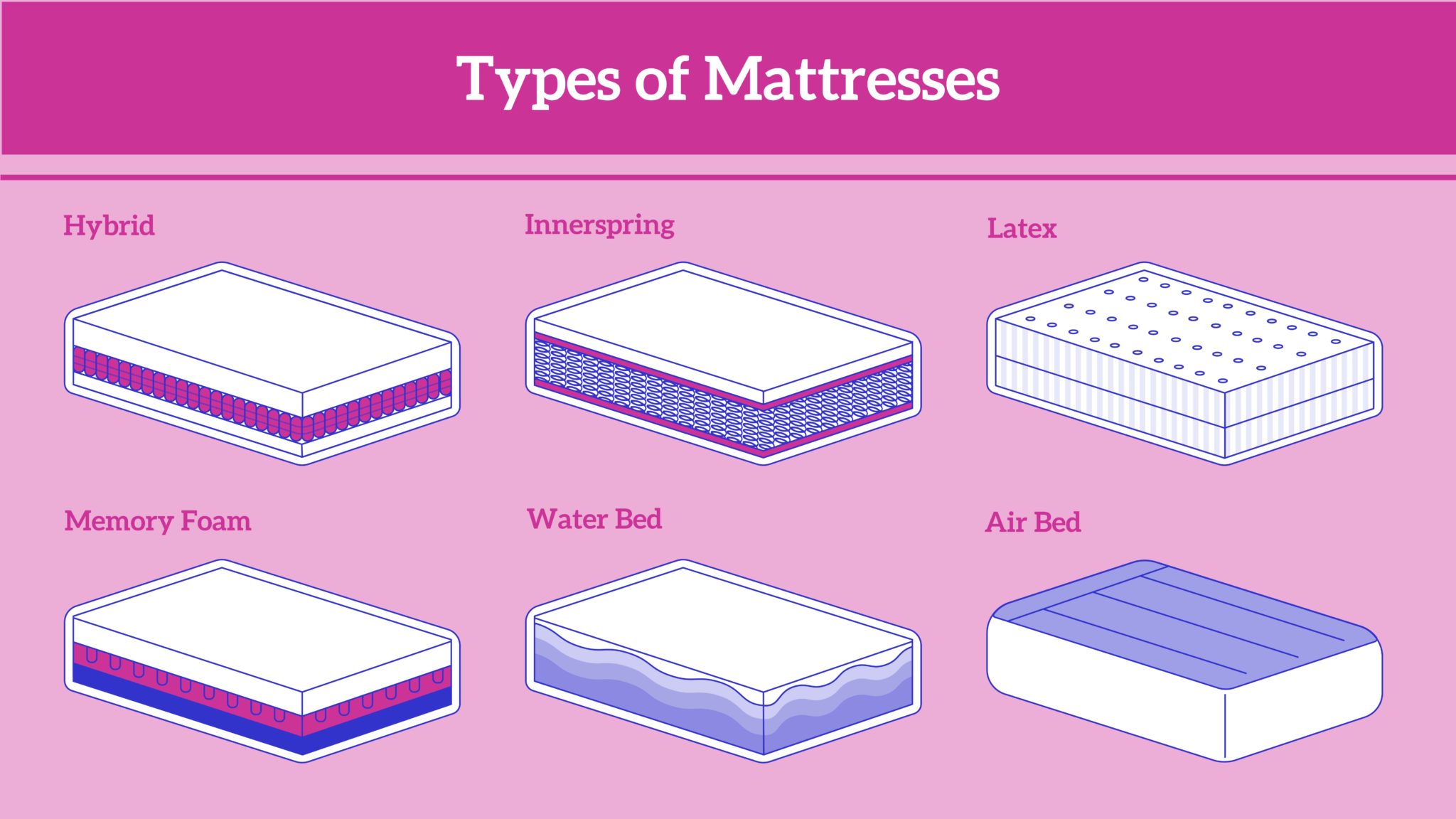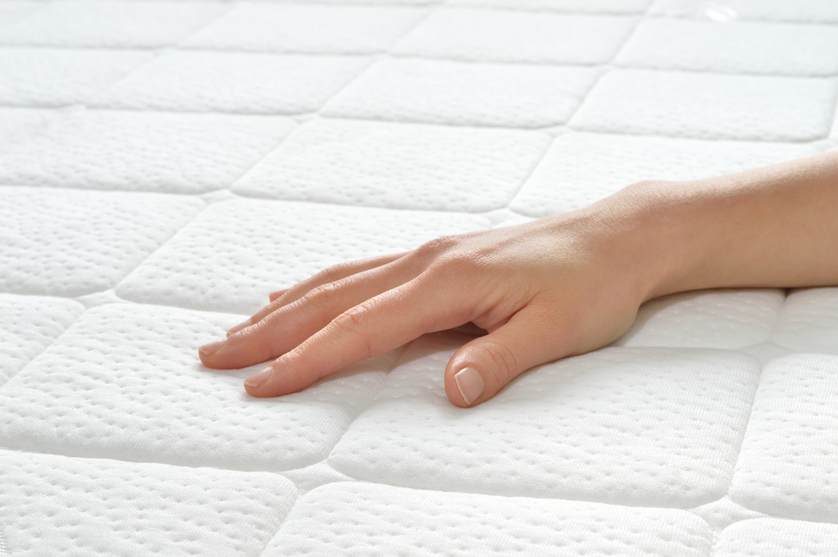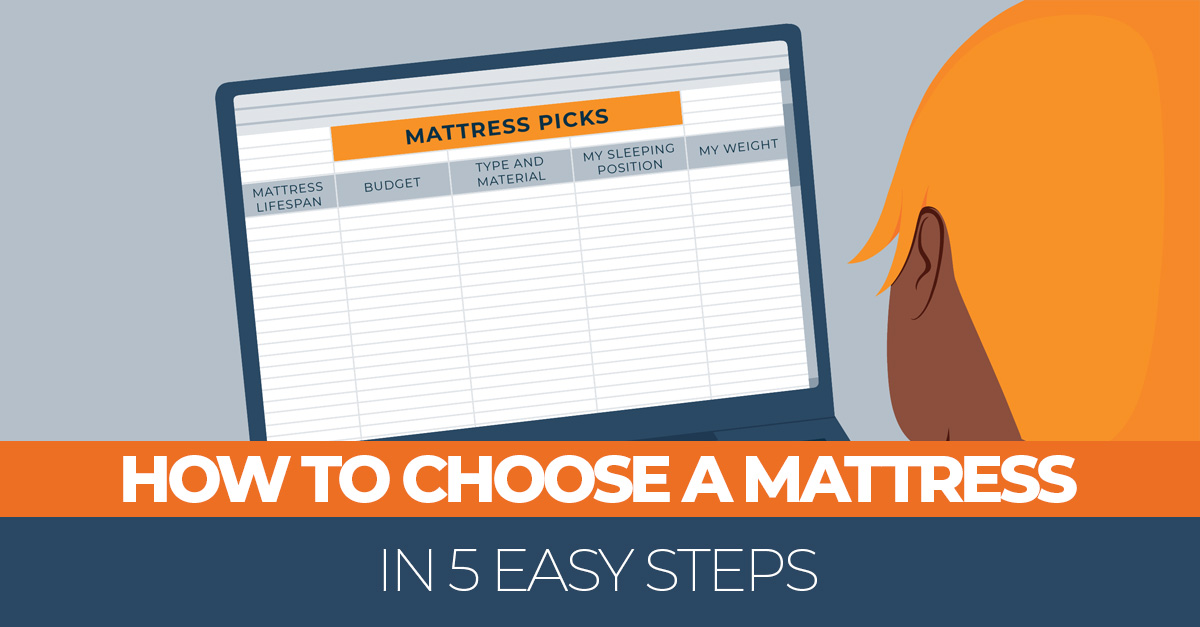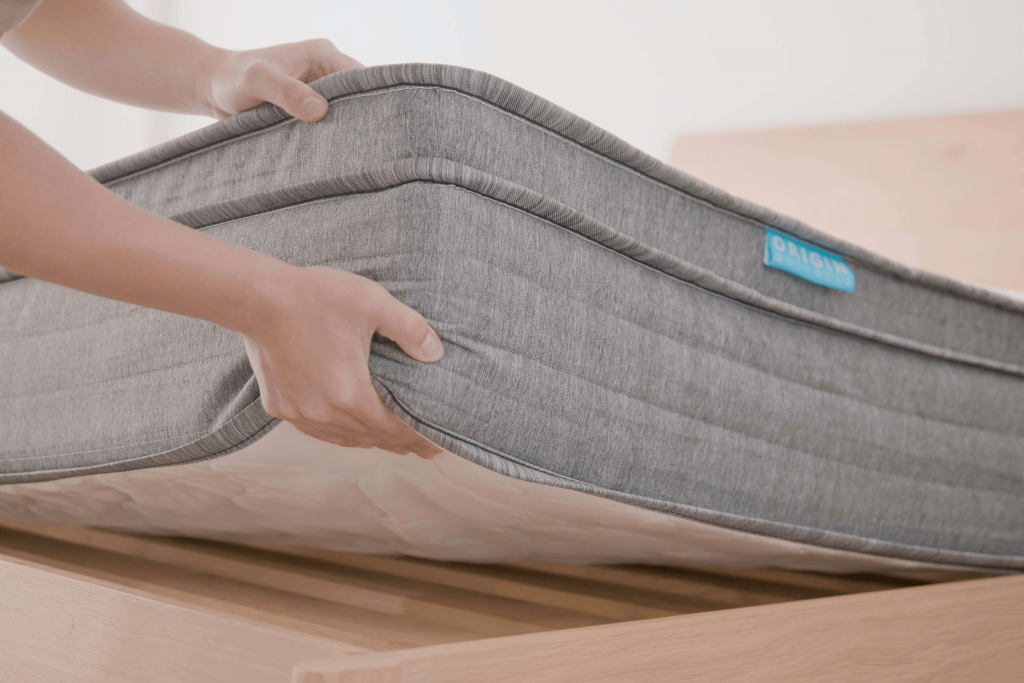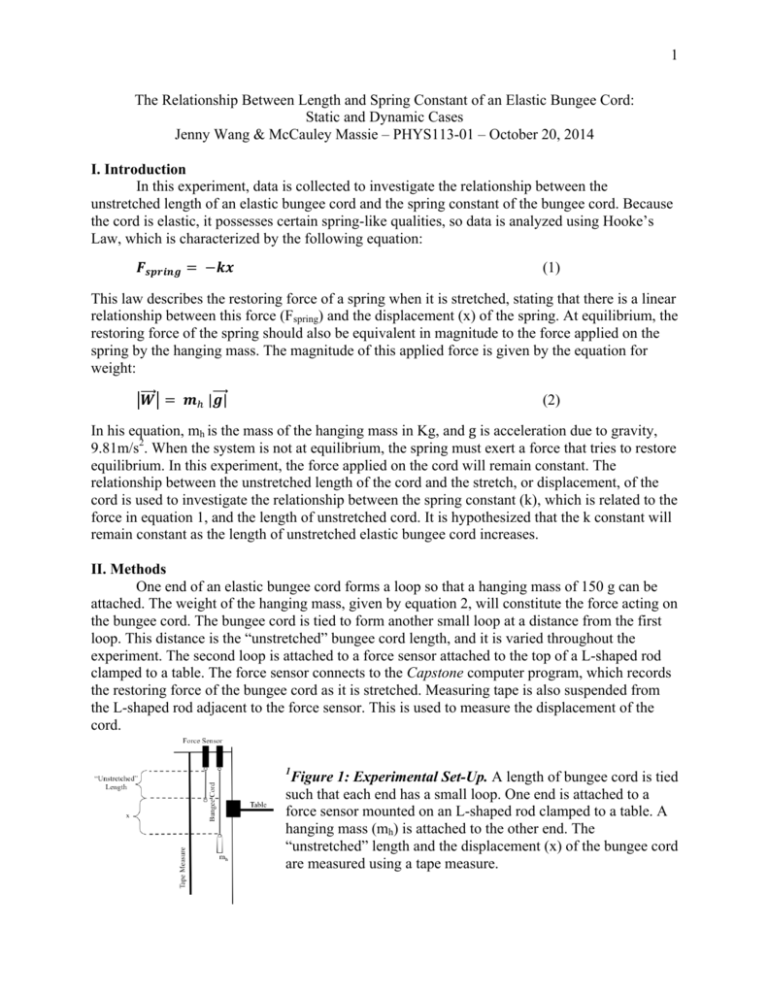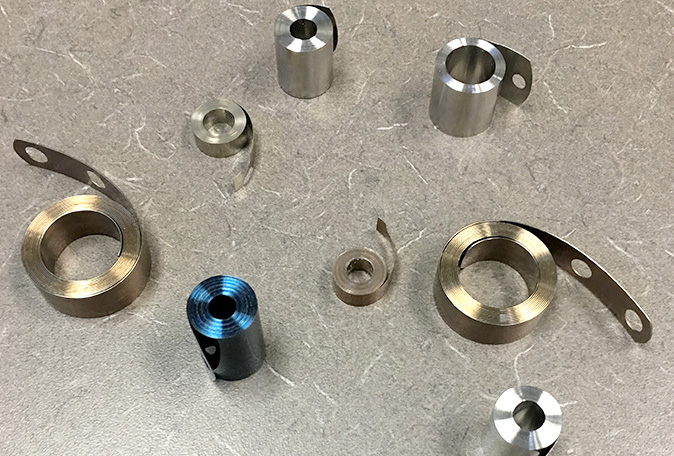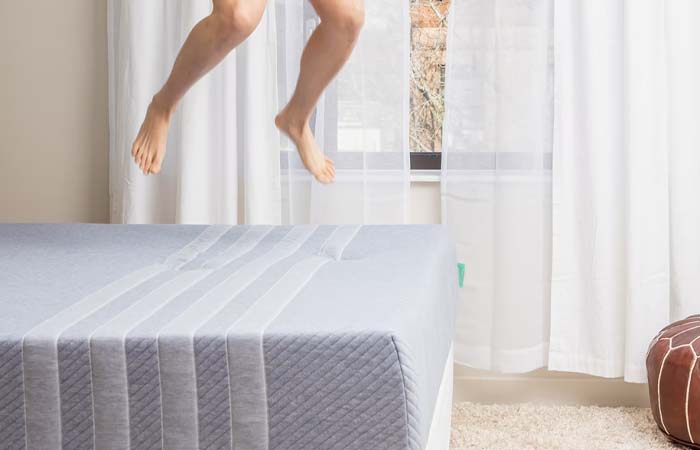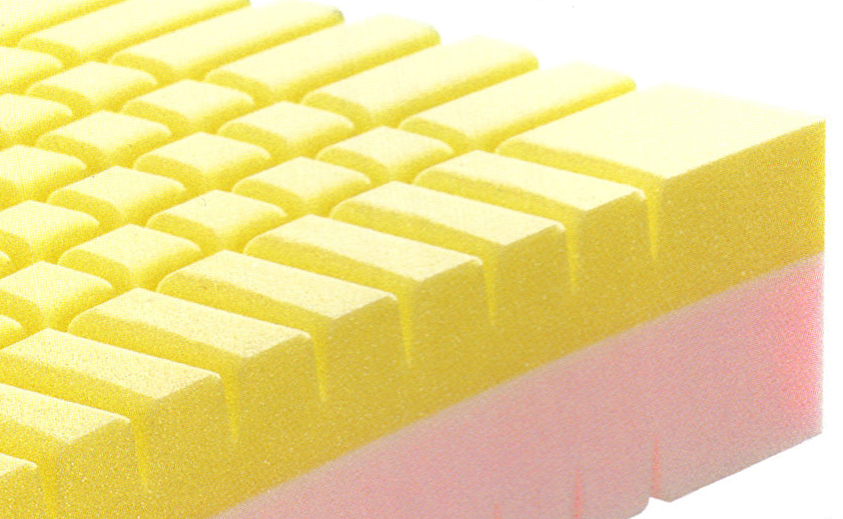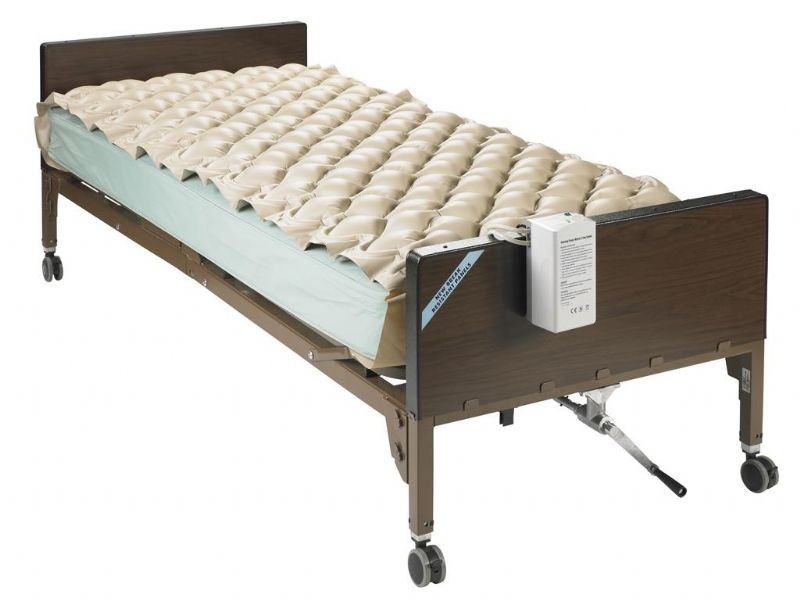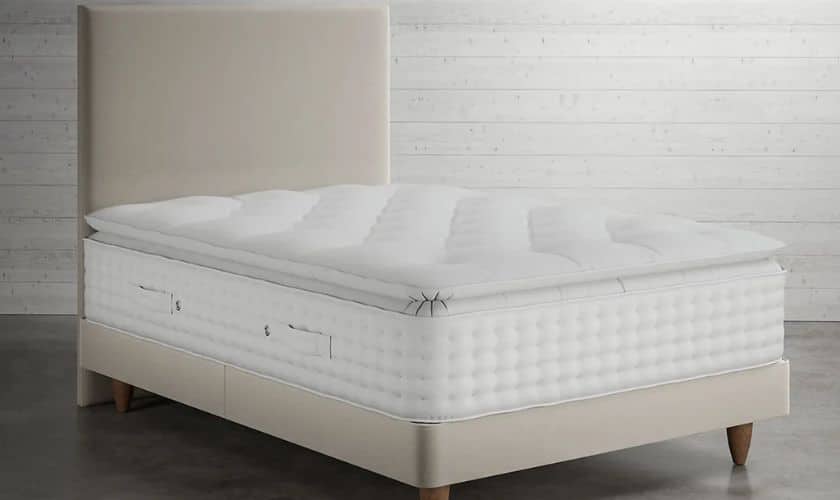Spring constant is a measure of how much force is needed to compress or stretch a spring by a certain distance. In the context of mattresses, the spring constant refers to how much support and resistance the springs in a mattress provide when pressure is applied to them. This is an important factor to consider when choosing a mattress, as it can greatly affect the overall feel and comfort of the bed.What is the spring constant of a mattress?
To calculate the spring constant of a mattress, you will need to know the stiffness and compression rate of the springs. The stiffness is a measure of how much force is required to compress the spring, while the compression rate is the distance the spring compresses under a given force. Once you have these values, you can use the formula k = F/d (where k is the spring constant, F is the force applied, and d is the compression distance) to calculate the spring constant of a mattress.How to calculate the spring constant of a mattress?
The type of spring used in a mattress is one of the main factors that affect its spring constant. The most common types of springs found in mattresses are bonnell coils, continuous coils, and pocketed coils. Each type has a different shape, construction, and arrangement, which can impact the spring constant and overall feel of the mattress. Other factors that can affect the spring constant are the gauge (thickness) of the wire used, the number of springs per unit area, and the coil count.Factors that affect the spring constant of a mattress
The spring constant plays a crucial role in determining the level of support and pressure relief a mattress can provide. A higher spring constant means the mattress will feel firmer and provide more resistance when pressure is applied. This can be beneficial for those with back pain or those who prefer a firmer mattress. However, a lower spring constant can result in a softer, more plush feel, which can be more comfortable for side sleepers or those who prefer a softer bed.How does the spring constant affect the comfort of a mattress?
As mentioned earlier, the type of spring used in a mattress can greatly affect its spring constant. For example, bonnell coils have a lower spring constant compared to pocketed coils, as the latter have individual coils that can move independently and provide more targeted support. Memory foam mattresses and hybrid mattresses also have a different spring constant, as they use different materials and construction methods. It's important to consider the type of spring used when choosing a mattress with the desired spring constant.Comparison of spring constants in different types of mattresses
The ideal spring constant for a mattress varies depending on body weight. For example, a person who weighs less than 150 pounds may benefit from a mattress with a lower spring constant, while someone who weighs more than 200 pounds may need a higher spring constant for proper support. It's recommended to try out different mattresses and determine the level of support and comfort provided before making a purchase. Many mattress companies also provide recommendations for the ideal spring constant based on body weight.How to choose a mattress with the right spring constant for your body weight?
The spring constant and the firmness of a mattress are closely related. As mentioned earlier, a higher spring constant results in a firmer feel, while a lower spring constant creates a softer feel. However, other factors such as the type of material used in the comfort layers and the overall construction of the mattress can also affect its firmness. It's important to consider both the spring constant and other factors when looking for a mattress with the desired level of firmness.The relationship between spring constant and mattress firmness
While the spring constant of a mattress is primarily determined by the type and construction of the springs used, there are some ways to adjust it. One way is to add a mattress topper or mattress pad to the bed, which can provide an additional layer of support and change the feel of the mattress. Another option is to rotate the mattress regularly, as this can redistribute the weight and pressure on the springs and potentially change the spring constant.How to adjust the spring constant of a mattress?
The spring constant is crucial in providing the right balance of support and pressure relief in a mattress. Too high of a spring constant can result in a mattress that feels too firm and lacks pressure relief, while too low of a spring constant can lead to a mattress that feels too soft and lacks proper support. Finding the right spring constant for your body weight and sleeping preferences is key to getting a comfortable and restful night's sleep.The role of the spring constant in providing support and pressure relief in a mattress
One common misconception is that a higher spring constant automatically means a better mattress. While a higher spring constant may provide more support, it may not necessarily be the most comfortable option for everyone. Another misconception is that the spring constant is the only factor that determines the feel of a mattress. As mentioned earlier, other factors such as the type of material used in the comfort layers and the overall construction of the mattress also play a significant role in determining its feel and comfort level. In conclusion, the spring constant of a mattress is an important factor to consider when looking for a comfortable and supportive bed. It affects the overall feel and firmness of the mattress and should be chosen based on individual body weight and preferences. By understanding the spring constant and its relationship with other factors, you can make an informed decision and find the perfect mattress for your needs.Common misconceptions about the spring constant of a mattress
Understanding the Importance of the Spring Constant in Mattresses
 When it comes to choosing the right mattress for your home, there are many factors to consider. One crucial factor that often gets overlooked is the
spring constant
of the mattress. The
spring constant
refers to the amount of force needed to compress or expand a spring by a certain distance. In the case of mattresses, this refers to the resistance and support provided by the springs within the mattress.
When it comes to choosing the right mattress for your home, there are many factors to consider. One crucial factor that often gets overlooked is the
spring constant
of the mattress. The
spring constant
refers to the amount of force needed to compress or expand a spring by a certain distance. In the case of mattresses, this refers to the resistance and support provided by the springs within the mattress.
The Role of the Spring Constant in Mattress Design
 The
spring constant
is a key element in determining the level of support and comfort a mattress can provide. It is directly related to the firmness or softness of the mattress and can greatly affect the overall sleeping experience. A higher
spring constant
means a firmer mattress, while a lower
spring constant
results in a softer mattress.
The
spring constant
is a key element in determining the level of support and comfort a mattress can provide. It is directly related to the firmness or softness of the mattress and can greatly affect the overall sleeping experience. A higher
spring constant
means a firmer mattress, while a lower
spring constant
results in a softer mattress.
Adjusting the Spring Constant for Personalized Comfort
 One of the most significant advantages of mattresses with adjustable
spring constants
is the ability to customize the level of support and comfort for each individual. This is particularly useful for couples with different sleeping preferences, as they can adjust the
spring constant
on their respective sides of the mattress. This ensures that both partners can get the support they need for a good night's sleep.
One of the most significant advantages of mattresses with adjustable
spring constants
is the ability to customize the level of support and comfort for each individual. This is particularly useful for couples with different sleeping preferences, as they can adjust the
spring constant
on their respective sides of the mattress. This ensures that both partners can get the support they need for a good night's sleep.
Factors Affecting the Spring Constant
 Several factors can affect the
spring constant
of a mattress, such as the type and number of springs used, the thickness and density of the mattress materials, and the overall design of the mattress. For example, pocketed coil mattresses have a higher
spring constant
compared to traditional innerspring mattresses, as each spring is individually wrapped and can compress independently.
Several factors can affect the
spring constant
of a mattress, such as the type and number of springs used, the thickness and density of the mattress materials, and the overall design of the mattress. For example, pocketed coil mattresses have a higher
spring constant
compared to traditional innerspring mattresses, as each spring is individually wrapped and can compress independently.
Importance of Choosing the Right Spring Constant
 Choosing a mattress with the right
spring constant
is crucial for getting a good night's sleep and maintaining proper spinal alignment. A mattress with a
spring constant
that is too high or too low for your body weight and sleeping style can lead to discomfort, pain, and even potential back problems. It is essential to test out different mattresses and find the one with the optimal
spring constant
for your needs.
Choosing a mattress with the right
spring constant
is crucial for getting a good night's sleep and maintaining proper spinal alignment. A mattress with a
spring constant
that is too high or too low for your body weight and sleeping style can lead to discomfort, pain, and even potential back problems. It is essential to test out different mattresses and find the one with the optimal
spring constant
for your needs.
Conclusion
 In conclusion, the
spring constant
is a vital factor to consider when choosing a mattress for your home. It directly affects the level of support and comfort provided, and can greatly impact your overall sleeping experience. By understanding the role and importance of the
spring constant
, you can make a more informed decision when it comes to finding the perfect mattress for your needs.
In conclusion, the
spring constant
is a vital factor to consider when choosing a mattress for your home. It directly affects the level of support and comfort provided, and can greatly impact your overall sleeping experience. By understanding the role and importance of the
spring constant
, you can make a more informed decision when it comes to finding the perfect mattress for your needs.




